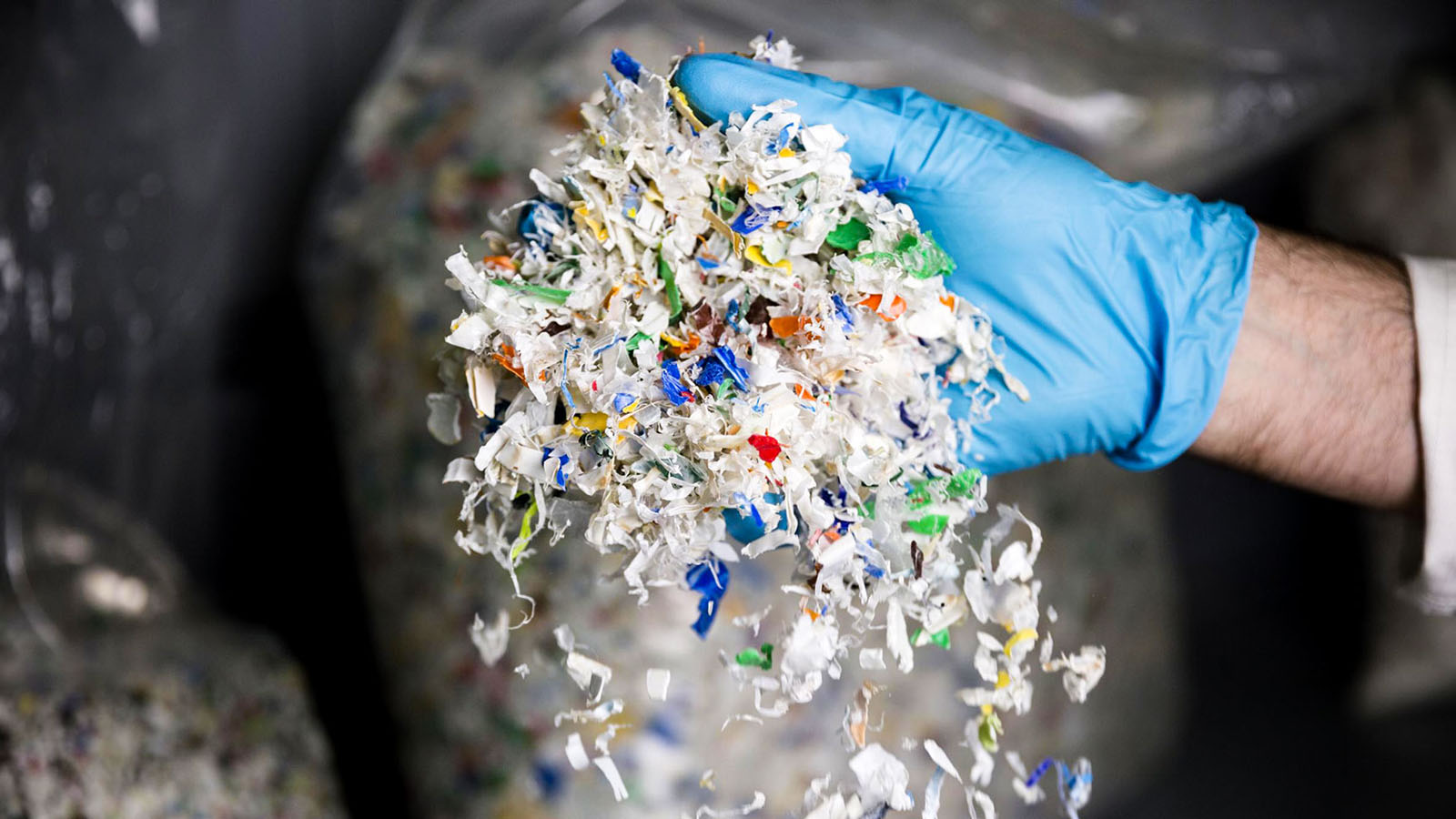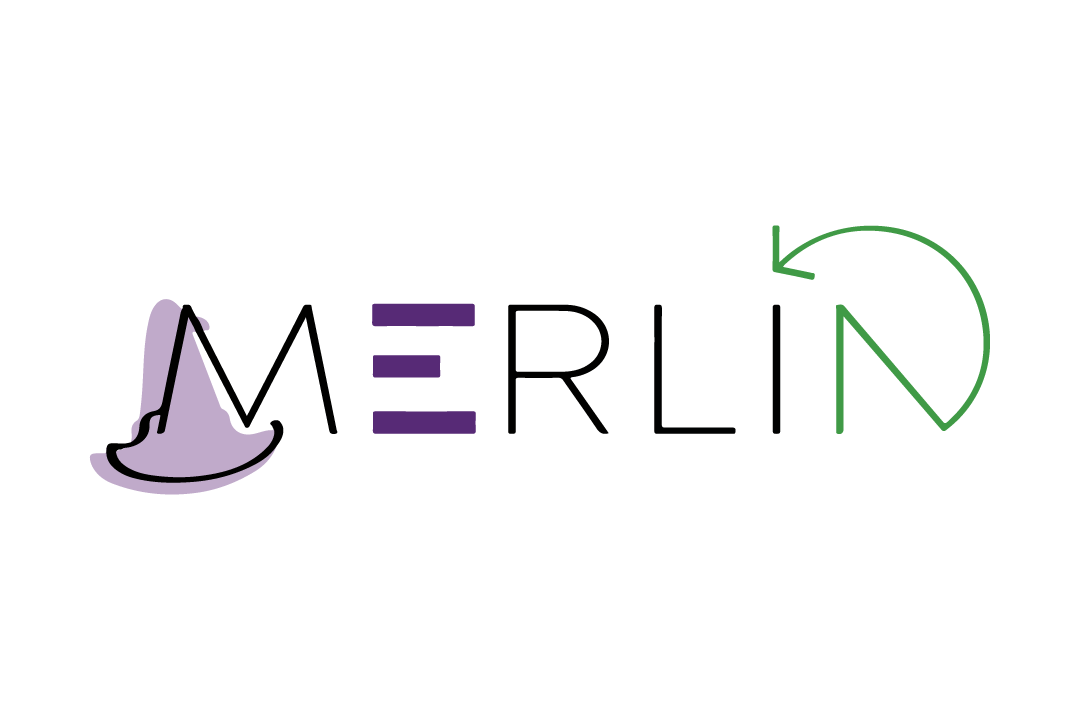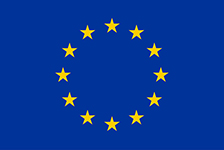MERLIN: Increasing the quality and rate of MultilayER packaging recycLINg waste

The main objective of the MERLIN project, coordinated by ITENE and supported by the Horizon 2020 programme, is the development of new sorting, delamination and recycling processes for multilayer post-consumer packaging, both flexible and rigid, in order to produce new packaging solutions for food packaging with a circular economy model.
Context
In 2019, 29.1m tonnes of post-consumer plastic waste was collected in Europe. Only 32.5% of this plastic packaging was recycled, while 42.6% was incinerated and 24.9% was landfilled (data from Plastics, The Facts 2020). This is still far from the target of recycling 55% of plastic by 2030, as set out in the European Plastics Strategy and Directive (EU) 2018/852 on packaging and packaging waste.
Currently, the market demands a large share of multilayer packaging. These are structures that are difficult to detect in sorting plants, as current technologies can only identify their surface layer.
Moreover, once sorted, their recyclability depends on costly and complex methods to separate their layers, as the different nature of the polymers makes them incompatible. In addition, the high-strength adhesive used to bond the layers requires the current delamination processes to be improved and optimised.
This results in multilayer packaging being landfilled or incinerated and requires improved sorting and recycling processes for multilayer plastic waste currently not recovered from post-consumer sources. Therefore, this project will focus on the identification of multilayer rigid, non-metallised flexible and metallised flexible packaging, as well as on their recycling, by developing a specific recovery process for each of them.
Summary and objectives
MERLIN’s main objective is to offer technological solutions to increase the quality and waste rate of recycled multilayer packaging and to work on the development of disruptive processes for the sorting, delamination and recycling of multilayer rigid and flexible plastic packaging with a circular economy model.
These are expected to provide solutions to recover and recycle 3.03 million tonnes per year of multilayer packaging waste in Europe, reducing greenhouse gas emissions and dependence on imported fossil fuels.
It will also contribute to boosting the EU recycled plastics market to reach 10 million tonnes of recycled plastic by 2025, as proposed by the Circular Plastics Alliance, and will contribute to meeting the European circular economy requirements set out in the European Plastics Strategy or the European Green Deal, as well as the achievement of the Sustainable Development Goals.
A number of sub-objectives will be developed within the project:
- Development of monitoring and identification technologies, using Hyperspectral Imaging (HSI) combined with Near and Shortwave Infrared (NIR/SWIR) identification.
- Implementation of a robotic Artificial Intelligence (AI) system for the classification of multilayer packaging.
- Development of delamination processes for flexible multilayer packaging by means of selective dissolution processes using green solvents, flexible multilayer and adjustable hydrophobicity solvents (SHS), for metallised flexible packaging.
- Development of delamination processes for rigid multilayer packaging by depolymerisation of the PET layer by solvolysis.
- Development of recycling processes for the separated fractions – polyethylene terephthalate (PET) and polyolefins (POs) – and the PET monomers obtained.
- Development and validation of packaging produced from recycled PET and POs.
- Improvement of environmental and socio-economic impacts of the proposed technologies.
- Identification of barriers and opportunities for increased recycling of multilayer packaging waste.
- Creation of Circular Economy and Innovation Exchange Clubs, to involve all elements of the value chain.
- Development of new standardisation proposals, to achieve market acceptance and use of the project solutions. Definition of the requirements to consider a delamination process valid (technically and environmentally).
- Development of a guide or decalogue of good practices for the Circular Economy, ensuring the proper classification and recycling of multilayer packaging.
- Involvement of citizens by informing them about the processes developed and the social and environmental improvement they entail through the design of a QR Code.
Consortium
The MERLIN consortium, coordinated by ITENE, brings together 14 partners from 7 European countries, including 6 SMEs, 4 research centres, 3 large companies and 1 non-profit organisation.
1. ITENE Technology Centre, coordinator. Spain.
2. Iris Technology Solutions. Spain
3. Rovimatica. Spain.
4. CESPA Services. Spain
5. Alma Mater Studiorum – Universita Di Bologna Unibo. Italy
6. Ioniqa Technologies. The Netherlands
7. Indorama Ventures Europe. The Netherlands
8. Commissariat A L’Energie Atomique Et Aux Energies Alternatives (CEA). France
9. Collaborating Centre On Sustainable Consumption And Production. Germany
10. Particula Group Drustvo S Ogranicenom Odgovornoscu Za Istrazivanje Razvoj I Proizvodnju. Croatia
11. ITC Packaging. Spain.
12. Icimendue. Italy
13. Enco. Italy
14. European Plastics Converters. Belgium.
ITENE’s role in MERLIN.
The MERLÍN project is organised in 8 work packages (WP). ITENE coordinates the project and participates in all of them.
In WP1 it will support in the sampling, physicochemical characterisation of the separated multilayer structures, in WP2 it will work on the development of the delamination process of multilayer flexible packaging by the application of s-CO2, in WP3 it will participate in the formulation and additivation of PET, and recovered POs, in WP4 it will support the injection of POs jars and PET bottles, and extrusion-lamination of multilayer films, in the thermoforming of multilayer trays thermoforming of rigid containers and in the analysis of the circularity of the developed containers.
Also, in WP5 ITENE will lead the impact of the project on health and safety through the assessment of risks and exposure based on the Safe by Design principles. Meanwhile, in WP6 it will work on the development of a QR code that will help to facilitate the information of the recycling processes used in the manufacturing process to consumers, as well as in the development of good practices.
The technology centre will also participate in the communication and dissemination of the project results.

